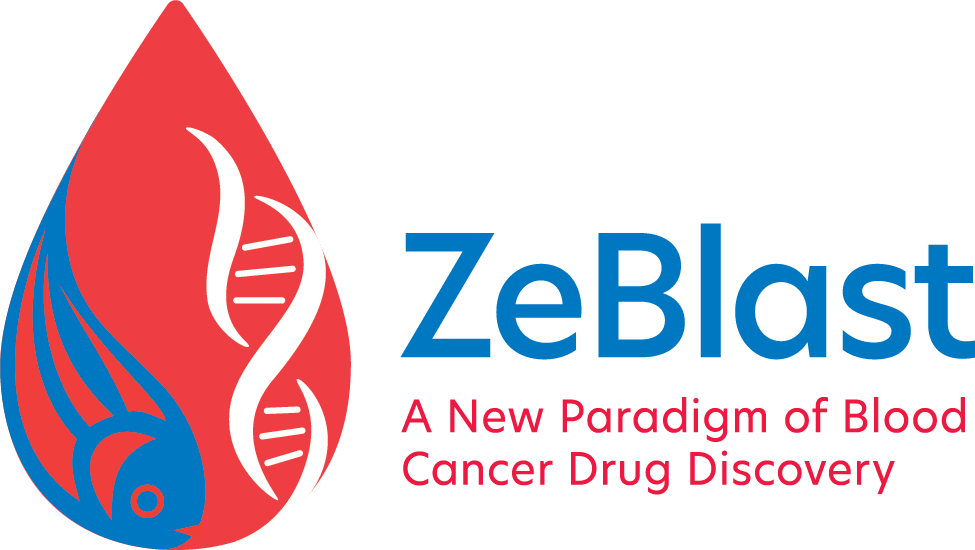A novel functional screening platform using zebrafish model for the study of genetic mutations co-operation in AML
Author: Yik Ling Bowie ChengBai-Liang HeLaam LiYu Hung Anskar Leung
Abstract
The recent advances in sequencing techniques revealed acute myeloid leukaemia (AML) as a highly genetically heterogeneous disease. Each patient carries unique genetic mutational profile which can predict the clinical outcome. Remarkably, there are common patterns of co-occurring genetic mutations, indicating potential cooperativity between these genes in driving leukaemia. For instance, 6.5% of patients with FLT3 mutant AML also carry IDH1/2 mutations and confers to unfavourable risk. Conventional research method may not keep up with the wealth of newly generated data. Thus this project presented a novel platform based on zebrafish that allows quick evaluation of the impact of different genetic mutational combinations on leukaemogenesis, paving the way for personalised medicine. Embryos at 1-cell stage were injected with combinations of mutations in mRNA forms. Their effect on haematopoiesis was determined by the expression pattern and intensity of myeloid lineage markers pu.1 and mpo at yolk sac at 24 hours post fertilisation (hpf) by whole-mount in situ hybridization (WISH). In addition, neutrophils were quantified by Sudan black B (SSB) staining at caudal hematopoietic tissue (CHT) at 48hpf. Microinjection of FLT3-ITD and IDH1/2 mutations (IDH1 R132H, IDH2 R140Q and IDH2 R172K) individually at increasing dosage (25pg, 50pg, 100pg, 150pg) promoted myeloid expansion dose-dependently as evidenced by increased pu.1 expression at yolk sac at 24hpf and SSB staining at CHT at 48hpf respectively. Remarkably, FLT3-ITD and IDH2 R140Q co-operated to enhance myeloid expansion when co-injected at 25pg each, a dosage that had little effect on pu.1 expression as a single mutation. This was evidenced by 72.2% and 51% of embryos showing enhanced expression of pu.1 at yolk sac at 24hpf and SSB staining at CHT at 48hpf respectively. Our preliminary result proved that this platform is an effective method to study the cooperative effect of mutations. For future works, more combinations of genetic mutations will be studied starting with the most frequently co-occurred ones. Their effect on myeloid lineage markers including pu.1, mpo, l-plastin, mpeg1 and c-myb will be studied.
